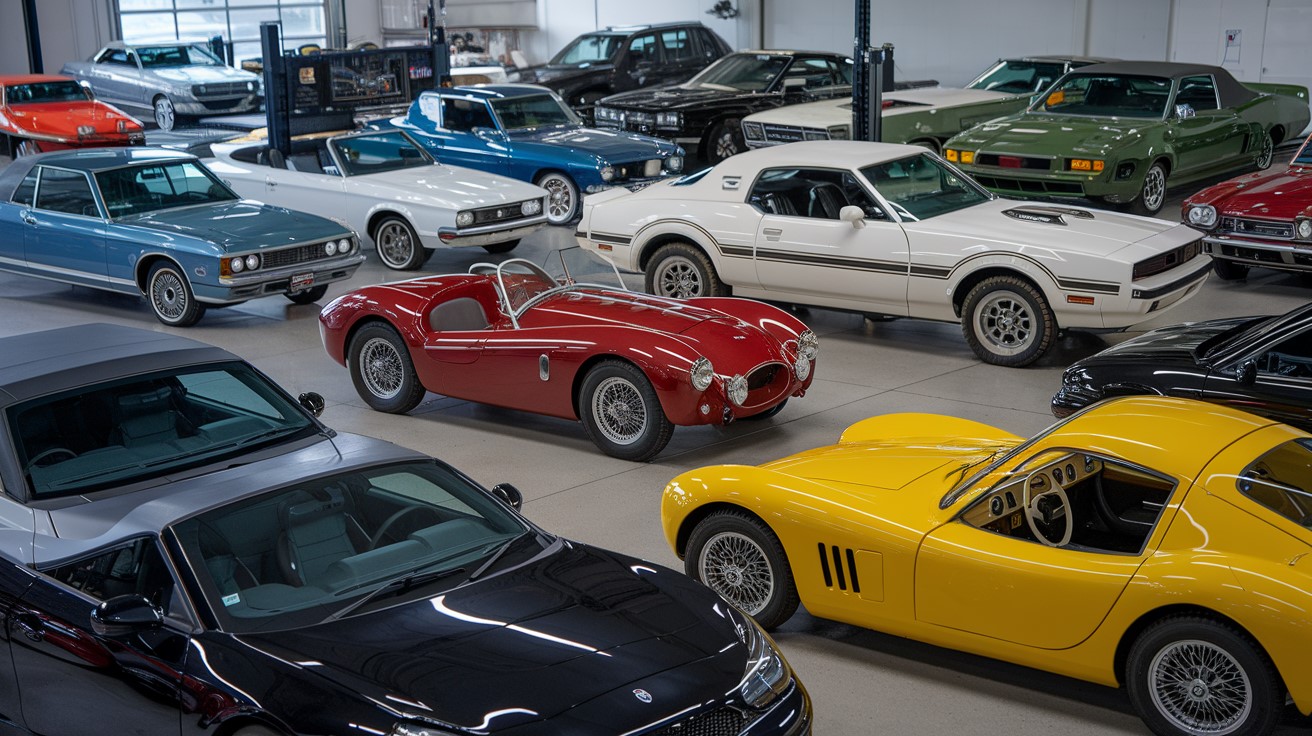Leadership styles are like cars.
Each has its own purpose, strengths, and ideal driving conditions. Some leaders are built for speed and agility, while others prioritize stability, endurance, or power.
The best leaders have a garage as diverse as a car enthusiast wildest dream.
As promised in our very first post, we are about to explore the different leadership styles, but with a little car enthusiast twist.
So, which leadership style best represents your approach?
What car do you possibly need to add to your garage?
Which car do you need to remove the dust from and take for a spin?
Let’s take a drive through 7 leadership styles and their car counterparts.
What are Leadership Styles?
Leadership styles are the distinct approaches leaders use to guide, motivate, and influence their teams.
Ferguson (2011) highlights that the type of leadership found in an organization has a large impact on the direction of that organization’s culture.
Some leaders take a collaborative approach, encouraging input and building teamwork, while others prefer a structured, directive style focused on efficiency and clear expectations. Certain styles focus on inspiration and vision, while others prioritize stability and consistency.
The best leaders understand that no single style works in every situation; they adapt their approach based on the needs of their team, the goals of the organization, and the challenges they face.
By recognizing and developing different leadership styles, leaders can enhance their effectiveness and create a positive, productive work environment.
1. The Reliable Sedan (Servant Leadership)
The sedan is steady, dependable, and focused on getting everyone where they need to go safely, no matter the conditions.
Agustin-Silvestre et al. (2024) describe a servant leader as one who prioritizes serving their team first, earning trust and commitment through support and empowerment, which drives higher engagement and performance.
A leader with a primary leadership style of servant leadership is like the sedan because they prioritize their team’s well-being and long-term growth.

Strengths
✔ Trustworthy and supportive
✔ Encourages collaboration and teamwork
✔ Focused on employee growth
Weaknesses
❌ Can be seen as passive or overly accommodating
❌ May struggle to make tough, unpopular decisions
Best for:
Leaders who believe in lifting up others and creating a strong, people centric culture.
The servant leadership style can be highly valuable for rebuilding a workplace culture that is in a downward spiral. Servant leaders are excellent at impacting workplace culture in a positive manner, increasing workplace happiness by prioritizing employees’ career growth, performance, and well-being.
2. The Sports Car (Transformational Leadership)
Like transformation leaders, the sports car is built for speed, excitement, and pushing the limits.
Kaontole and Tajib (2023) describe a transformational leader as someone who aligns individual goals with the broader vision of the team or organization, empowering each person to achieve success independently.

These leaders are a lot like someone sitting in a Porsche 911 GT2 cruising down Skyline Drive in the Santa Monica mountains, challenging their driving skills and the abilities of their car.
These leaders inspire, challenge, and push their teams to achieve greatness.
Strengths
✔ Energetic and motivating
✔ Focused on innovation and progress
✔ Encourages high performance
Weaknesses
❌ Can be too fast paced, leading to burnout
❌ May overlook the details in pursuit of big ideas
Best for:
Leaders who assume the transformational leadership style are perfect for environments that thrive on innovation, change, and rapid growth.
These leaders are best at motivating their teams to push boundaries, think creatively, and align personal goals with the organization’s vision. This style works well in industries where high energy drives success.
3. The SUV (Democratic Leadership)
SUVs are excellent for traveling when groups are involved.
Ferguson (2011) highlights democratic leadership, which builds collaboration, creativity, and open communication by valuing team input, encouraging feedback, and maintaining flexibility while ensuring accountability.
This leadership style gets its name because it is employed a lot like a democratic government, where everyone gets a vote.
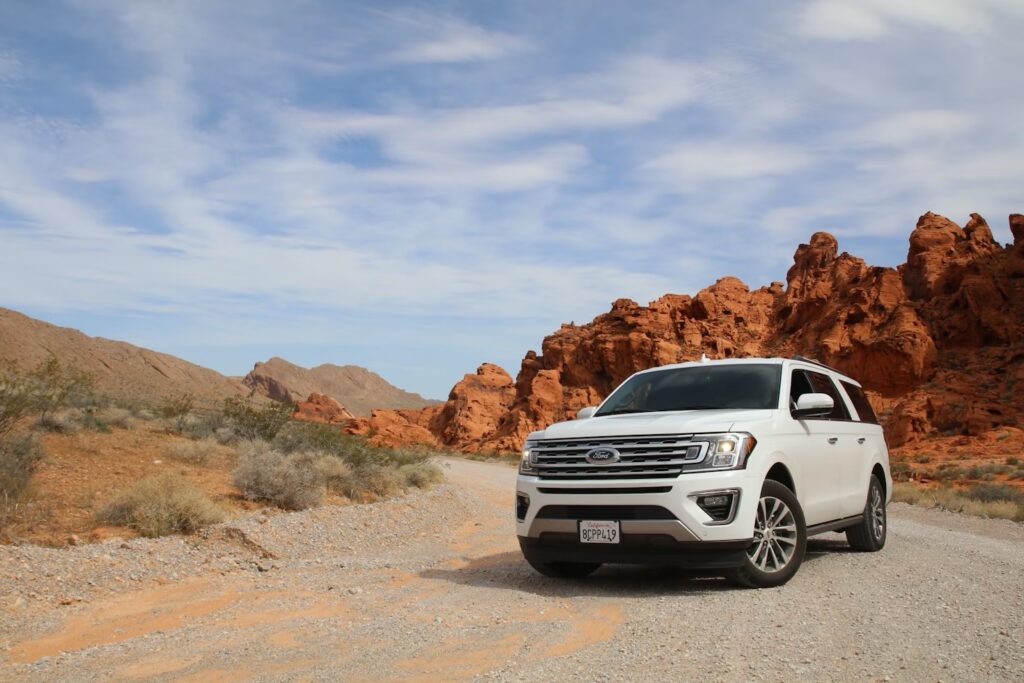
Strengths
✔ Encourages collaboration and team input
✔ Flexible and adaptable to different challenges
✔ Builds strong, engaged teams
Weaknesses
❌ Decision-making can be slow with too many opinions
❌ May struggle in high-pressure situations that require quick action
Best for:
The democratic leadership style is most effective in organizations that value teamwork, diverse perspectives, and shared decision-making.
It works best in creative, knowledge-based, or highly collaborative environments where innovation and adaptability are key. Teams under this leadership style tend to be more engaged, as they feel their voices matter in shaping the organization’s direction.
4. The Heavy-Duty Truck (Transactional Leadership)
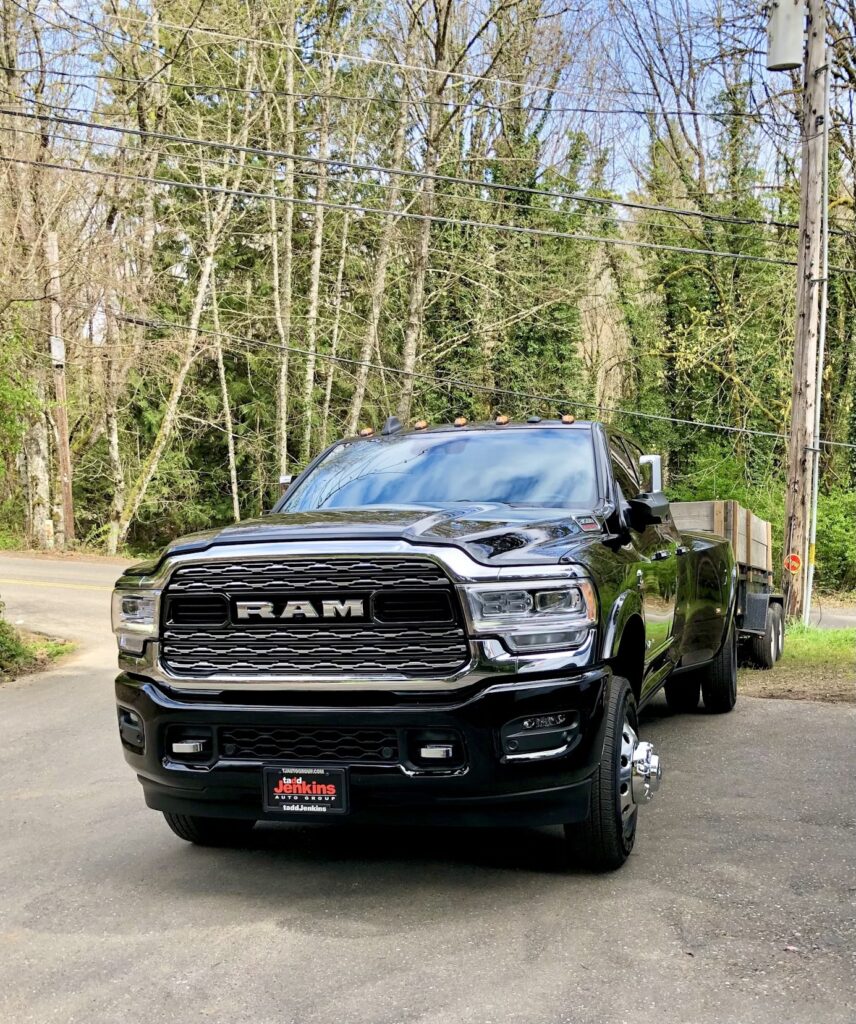
Trucks are strong, structured, and built to accomplish tasks.
Most people do not buy heavy-duty for the thrill of the ride. They purchase these trucks to get a job done, whether towing heavy loads or moving things from one place to another.
The transactional leadership style operates in a similar way. Miranda & Main (2024) highlight that these leaders succeed by relying on promises of rewards to motivate their teams to achieve their desired goals.
Strengths
✔ Clear expectations and structured systems
✔ Efficient and results-driven
✔ Works well in high-performance, fast-paced environments
Weaknesses
❌ Can be rigid and resistant to change
❌ Less emphasis on creativity or employee development
Best for:
The transactional leadership style is ideal for structured environments where efficiency, consistency, and performance metrics are critical.
Industries like manufacturing, logistics, and finance benefit from this approach, as it provides clear expectations, rewards productivity, and ensures tasks are completed with precision. Leaders using this style are best suited for roles that require strong management skills and an ability to maintain order and discipline.
One word of caution for this style would be to be on the lookout for the negative impacts of this style on employee morale. Consistent employing of the transactional leadership style can be seen as only taking from our employees. Without giving something back in return this style can begin to erode team morale.
5. The Luxury Car (Charismatic Leadership)
Anyone who has seen a Rolls-Royce Phantom or a Mercedes Maybach float past them, whether car people or not, most likely could not help but stop and watch in awe as it passed. The elegance, style, and grace that they display are encapsulating.
Miranda and Main (2024) highlight that charismatic leaders have this effect on those they lead due to their intoxicating personalities and effortless command of their employees’ attention. These are the leaders that we often think of when we think of natural-born leaders.
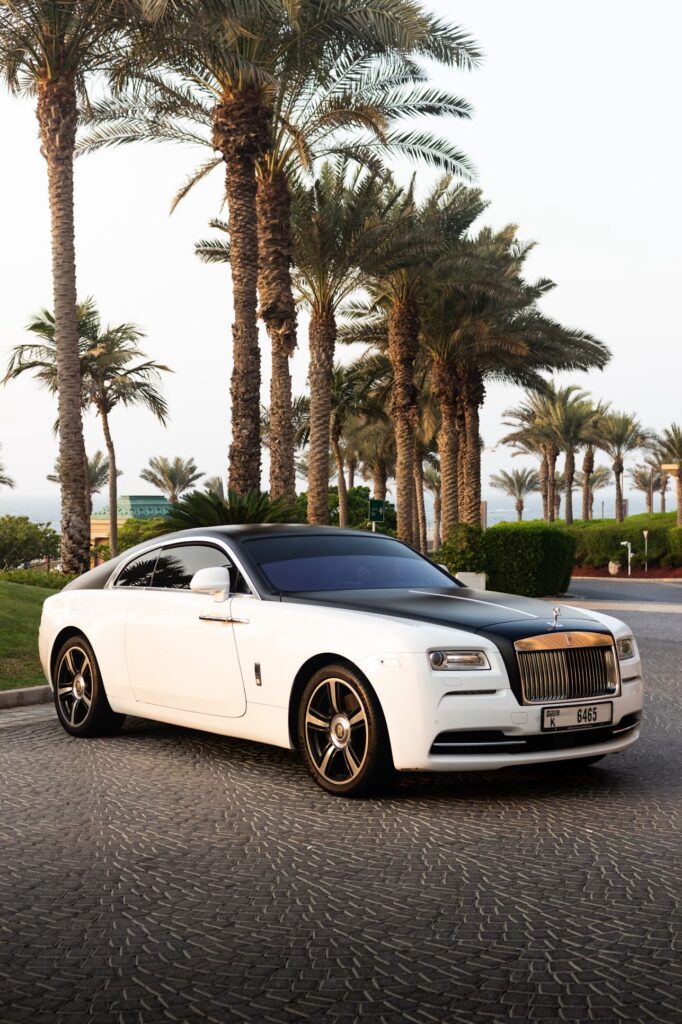
Strengths
✔ Naturally influential and inspiring
✔ Creates a strong, loyal following
✔ Excellent at communication and motivation
Weaknesses
❌ Can rely too much on personal appeal rather than strategy
❌ May struggle with long-term sustainability if vision isn’t backed by structure
Best for:
Charismatic leadership styles are highly effective in roles that require persuasion, motivation, and rallying people around a vision.
They are instrumental in startups, sales, politics, and entertainment industries, where influence plays a crucial role in success. However, this style works best with a solid strategy to ensure excitement and enthusiasm translate into continued progress.
6. The Electric Car (Visionary Leadership)
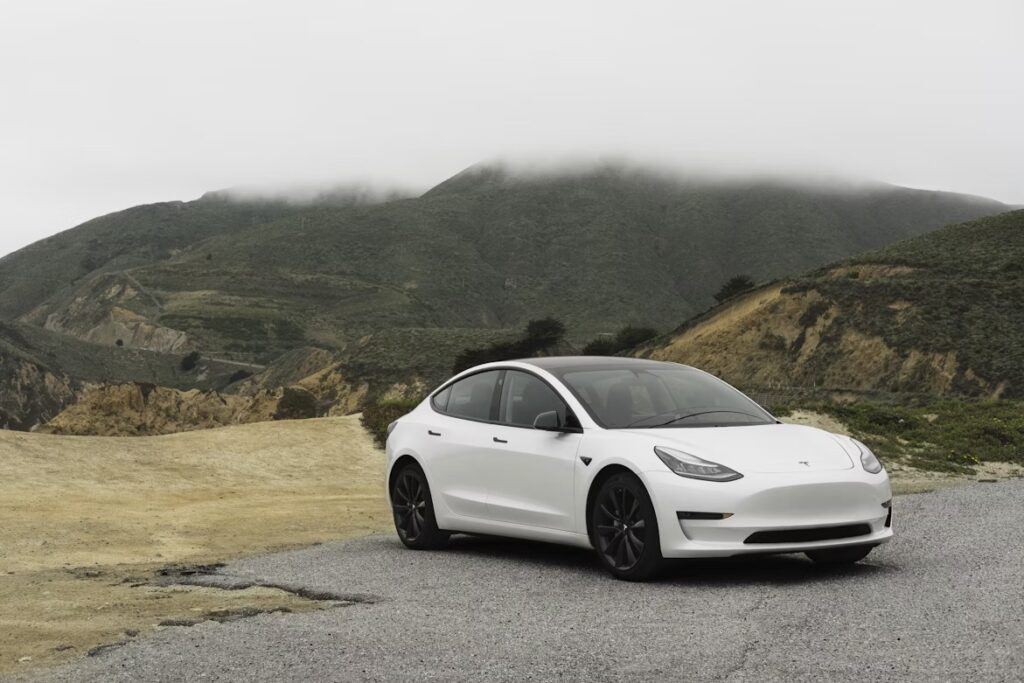
While many car enthusiasts scoff at electric cars, one cannot deny that they represent innovation, efficiency, and the future (whether we like it or not).
Visionary leaders’ primary focus is on long-term innovation. Memon, Baloch, & Irqai (2024) highlight that visionary leaders “have a crucial impact on the development and
execution of strategic plans and changes” (p.43). Keeping a competitive advantage in many industries requires visionary leaders to focus on innovating ways to challenge the status quo.
Strengths
✔ Future-focused and innovative
✔ Great at inspiring others with big ideas
✔ Challenges outdated systems
Weaknesses
❌ Can struggle with execution if too focused on the future
❌ Needs strong team support to turn vision into reality
Best for:
The visionary leadership style best suits industries undergoing transformation or those focused on long-term strategic growth.
It works well for leaders passionate about redefining industries, launching innovative products, or spearheading major cultural shifts. However, this style is most effective when combined with practical execution strategies to ensure ideas turn into reality.
7. The Formula One Car (Autocratic Leadership)
A Formula One car is the pinnacle of speed, agility, and precision. However, these temples of speed only have room for a sole rider. While it takes a team to build and operate a Formula One car, once those lights go out and the race starts, the driver is the sole decider on how the car moves. They hold all the success of the car in their hands; their choice of when to brake, when to attack, and when to push it to the edge have vital impacts on the outcome of the race.

Like Formula One drivers, autocratic leaders need to make decisions quickly and independently to keep things moving without waiting for input from others.
Miranda & Main (2024) highlight that this leadership style is like a king, acting quickly to make decisions without input from their team.
These leaders are often pictured negatively, as barking orders without concern for their employees’ thoughts. However, while most often negatively pictured, there are many times when this leadership style is necessary, if not required.
Strengths
✔ Quick decision-making and strong direction
✔ Works well in crisis situations
✔ Keeps teams focused on clear goals
Weaknesses
❌ Can be controlling and dismissive of team input
❌ May struggle with team engagement and morale
Best for:
The autocratic leadership style is most effective in high-pressure, fast-paced environments where quick decisions and strong direction are necessary.
It thrives in industries like the military, emergency response, or highly competitive business sectors where hesitation can lead to failure. While this style may not always make for the most collaborative culture, it ensures efficiency and clarity in critical situations.
Knowing When to Switch Vehicles
A great leader doesn’t just stick to one car; they know how to switch vehicles depending on the road ahead.
You wouldn’t grab the keys to your McLaren if you were planning on hauling trailer to pick up a load of lumber.
You must think of leadership, like picking out what car to drive daily. If you’re heading into a collaborative strategy session, the SUV (democratic leadership) might be the best choice. The sports car (transformational leadership) is the way to go when you need to inspire rapid transformation. And if the team needs stability and reliability, the sedan (servant leadership) will keep things on course.
Sticking to one style in every situation can limit your effectiveness. The best leaders build a diverse skillset, allowing them to shift gears when necessary.
Like the best car collectors, the best leaders have a diverse garage with many different models ready to be fired up and taken for a ride.
Wrapping Up
By building a “garage” of leadership styles, you can confidently navigate different challenges, whether that means inspiring a team through transformation, providing steady guidance, or making quick, decisive moves in high-pressure situations. Leadership is not about sticking to one road; it’s about knowing when to speed up, when to slow down, and when to take a different route entirely.
So, what’s in your leadership garage? Are you relying too much on one vehicle? Maybe it’s time to take another one out for a spin.
The best leaders are always learning, adapting, and fine-tuning their approach to ensure that they and their teams reach their full potential.
Drop a comment below and let’s discuss!
References
Agustin-Silvestre, J. A., Villar-Guevara, M., García-Salirrosas, E. E., & Fernández-Mallma, I. (2024). The Human Side of Leadership: Exploring the Impact of Servant Leadership on Work Happiness and Organizational Justice. Behavioral Sciences (2076-328X), 14(12), 1163. https://doi.org/10.3390/bs14121163
Ferguson, E. D. (2011). What Adlerians Consider Important for Communication and Decision-Making in the Workplace: Mutual Respect and Democratic Leadership Style. Journal of Individual Psychology, 67(4), 432–437.
Kaontole, N. C., & Tajib, E. (2023). The Influence of Transformational Leadership Style on Work Engagement Mediated by Motivating Language in Mining Industry. Journal of Comprehensive Science (JCS), 2(7), 1311–1322. https://doi.org/10.59188/jcs.v2i7.454
Memon, J. A., Baloch, A., & Irqai, K. M. (2024). Strategic Visionary Leadership and Sustainable Governance: Navigating Higher Education Reforms for Optimal Performance in the Age of Disruptive Technologies. FWU Journal of Social Sciences, 18(4), 40–53. https://doi.org/10.51709/19951272/Winter2024/3
Miranda, D., & Main, K. (2024, July 16). 10 management styles of effective leaders. Forbes. https://www.forbes.com/advisor/business/management-styles/

